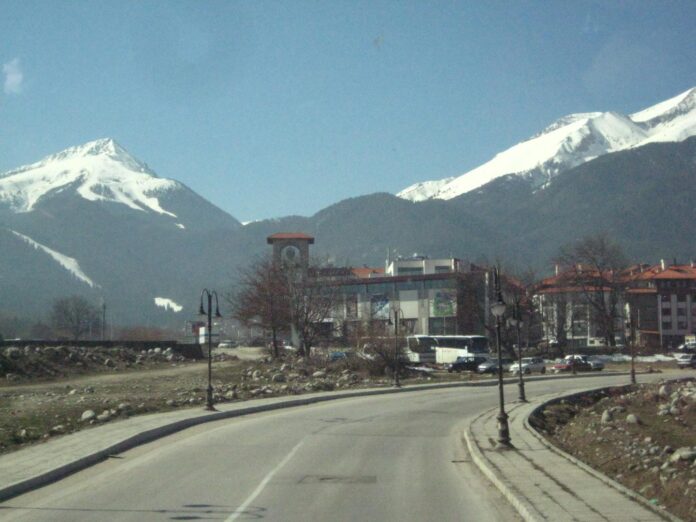© Photos and Text by Okay Deprem http://www.northtravel.org/
Until relatively recently, when it comes to skiing and mountain-winter tourism in Turkey, almost all of us would not think of any other place than Uludağ. Uludağ was also drawing the boundaries of our image on this subject in terms of being close to big cities, especially Istanbul, and hosting the oldest and first winter tourism facilities in the country. Although the ski holiday with accommodation has remained a luxury for a significant part of Turkey for many years, apart from the daily excursions and the ‘let me get some mountain air’ purpose, thanks to the winter-mountain facilities built and opened in different parts of the country over time, this opportunity has become accessible, at least, to a wider audience.
Being able to take a winter-skiing holiday in any country abroad was a real dream for the overwhelming majority.

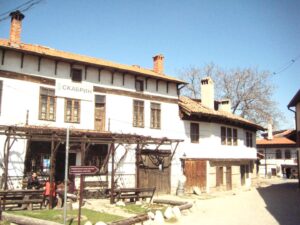
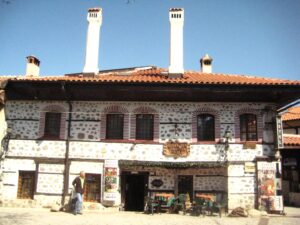
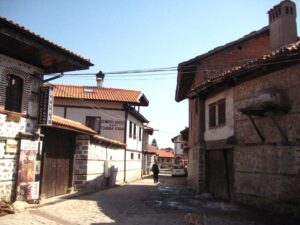
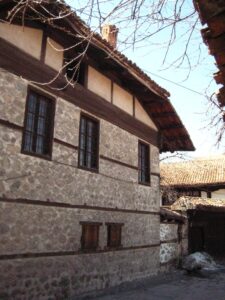
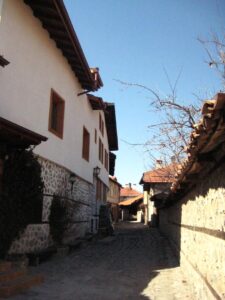
As the address of this luxury, which is seen and attributed only to the jet-set, for years, of course, the Austrian, French and Italian Alps were the first and foremost in the minds. However, after the disintegration of the Eastern Bloc, many hidden paradises in this respect began to be discovered next to Turkey’s western borders. When the strategic goals of the travel agencies that started to set up scheduled bus services to the Balkan countries one after the other and the tourism companies that started to multiply at the mushroom rate, a tourism boom started to be experienced towards Romania and Bulgaria. Of course, ski-winter and mountain tourism would start to get a fair share from this piece.
The star of winter tourism and ski resorts shines in the Balkans
Towards the 2000s, with the shine of the stars of first Romania’s Carpathians and almost simultaneously the Borovets ski resorts in Bulgaria’s Rhodope Mountains, Pamporovo and Riga Mountain range, for the first time middle-upper socio-economic segments went abroad as well as neighboring countries. They set out to spend their short skiing and winter holidays. In the last 5-10 years, when the competition between tourism companies has become more intense, the passport and visa procedures have become relatively easy, and the name of a brand new place in Bulgaria has started to be heard and popular: Bansko.
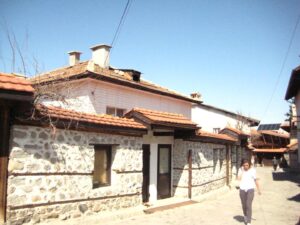

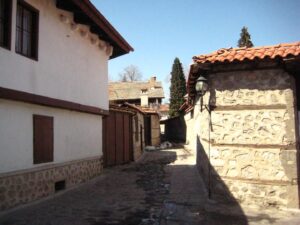

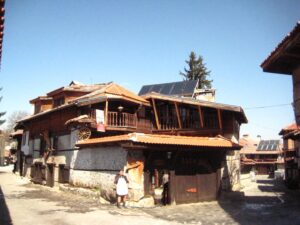

Bansko is a historical, charming highland town located in the famous Pirin Mountains, which gives its back to the region where the borders of Greece and Macedonia intersect, exactly in the south-west of the country. Bansko, whose history and foundation legends are based on many different stories, is a town with a population of 9000-odd, within the borders of the province of Blagoyevgrad.
The town of Bansko, which is only 2-3 hours away from the capital Sofia by road, is located in an area surrounded by archaeological finds and ruins dating back to the early Roman Period. In the 9th century, it was included in the lands dominated by the Bulgarian Kingdom. The famous town, which is also known for hosting the first Protestant church built in the second half of the 19th century, in the Bulgarian-Orthodox land, has gained its current reputation in recent years because it hosts the most popular and qualified mountain-winter and highland tourism facilities in the Balkans.

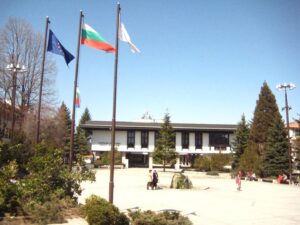

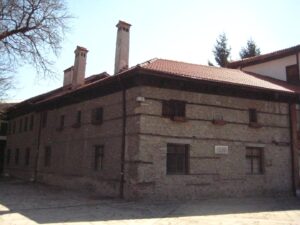
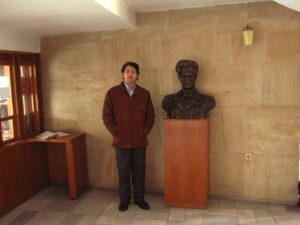

Getting from Istanbul to Bansko by road
Whether by your own vehicle or by the bus of any tourist agency that takes tours to the region, the best way to reach Pirin, one of the highest mountains of the Balkans, slowly, step by step and digesting the route, is indisputably by the road travel. Only 2-2.5 hours after leaving Istanbul and entering the TEM Highway, you reach the Kapıkule Border Gate in the first place. Even if you have a green passport, the transactions at two different customs of the border in any case take 2 hours. In the meantime, time can be spent comfortably in the border facilities, which were overhauled and enlarged a few years ago after displaying a neglected and derelict appearance for many years.
After getting the pass approval, we take the Plovdiv road and leave Svilengrad behind first and proceed through the lush and flat plains of Bulgaria. After reaching Plovdiv, we enter the side road in the south-west direction, and the magnificent Rhodope Mountains greet us first. While driving on poor quality and shabby roads, which are always a single lane in the sharp valleys and passes between the Rhodope Mountains, which is at the head of the country’s tallest mountain range with altitudes exceeding 2000 meters, almost two-thirds of the country is covered with mountains, and a significant part of its lands are still untouched and natural forests.
We learn that almost two-thirds of the country is covered with mountains, and a significant part of its territory consists of virgin and natural forests.
After our arrival in the city of Velingrad, which is famous for its extraordinary variety of water resources and rich thermal springs, we look for a place to have breakfast, but in vain; We continue to Bansko without finding a tangible place. We realize that we have arrived in the town of Bansko, with the appearance of the hotels that fill the plateau lying just above the main road and the majesty of the mountains in the future.
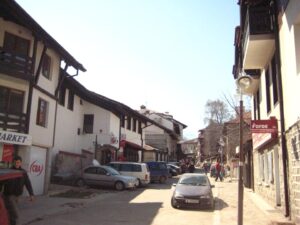

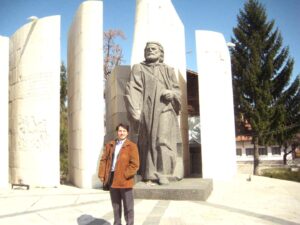

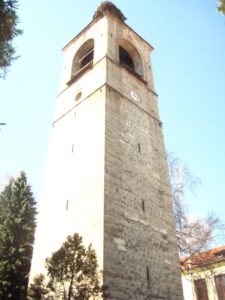
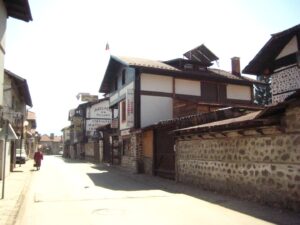
Bansko as a mountain and winter wonder
Bansko is generally divided into two. The historical town which is very similar to the local housing type of Kastamonu-Safranbolu and Ankara-Beypazarı in Turkey and which is inhabited in summer and winter and the region of hotels and tourist facilities located above just 1-2 km away from it. Although it is a residential area with a summer population of only ten thousand, it has a bed capacity of more than one hundred thousand, which is even greater than the sum of all mountain tourism facilities in Turkey alone. Before, while we were thinking that it is probably a center of attraction for tourists from mostly within the country and maybe for tourists from neighboring countries, let’s see something: Countless people flocked to Bansko from almost every corner of Europe and Russia, and this place is without exaggeration the most important place in the Balkans. It has become a major winter tourism and ski center. On the other hand, visitors from Turkey can be found at any time and every step of the way, on the streets of Bansko and on the mountain.
You can reach the places where the tracks are located with the only cable car located at the top of the towns and hotels region, whose altitude varies between 950 and 1450 meters. While the cable car + chairlift, two intermediate stations, travels the 1500-meter stage up to Todorka, which is considered the most dangerous and difficult peak close to 2900 meters, in exactly one hour; Watching the hills and valleys of the Pirin Mountains covered with centuries-old pine forests, and even diving into the insatiable course of the Rila Mountains, which are famous for their historical monasteries, which begin to set in the north, is one reason to climb this far.
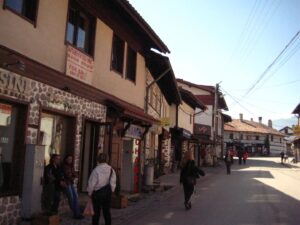


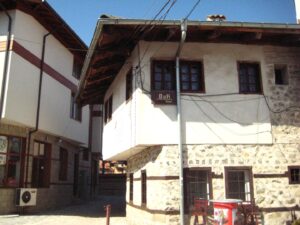
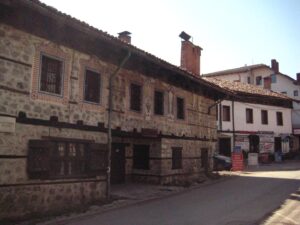

When it comes to the great valley at an altitude of 1600-1700 meters, different summits can be reached from here with different chairlift and teleski lines. Their number is 25-30 and their total length is 75 km. Many of the tracks reaching up to are made up of difficult and professional stages, which are marked with black and red colors in the international ski literature. Snowboarders are also of special interest, and on the difficult ski slopes of Bansko, some of which are illuminated at night, artificial snow machines, which can be found in hundreds of corners, and many snowmobiles for sportive and rescue purposes can be found.
A place that lives day and night unlike typical ski resorts
When it comes to skiing and winter tourism centers in Turkey, it is usually quite far from the nearest settlement, isolated as much as possible; Regions consisting of only hotels, apartments and resorts come to mind. However, at this point, Bansko has a structure that surprises its international visitors and has a day-night activity.


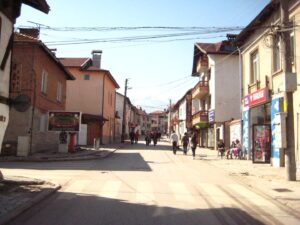
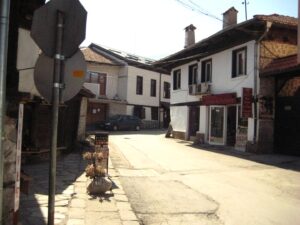
While the richest menus of Balkan and Bulgarian cuisine come to you at more affordable prices than in an ordinary restaurant in Turkey, this is often accompanied by tavern and tavern songs and folk songs, in which Gypsy tunes and broken Turkish are mixed and added. The colorful atmosphere of taverns transformed from wooden and masonry old mansions, decorated with authentic and local motifs, draws people in on Bansko nights when it is snowing flakes outside and everything is white.
The old town center takes you on a historical journey
As you go down from the hotels area, the historical Bansko begins to appear. While walking on the streets, where the old houses with two storeys, usually stone masonry, wooden windows and white painted walls, wooden clad, cantilevered tiled roofs are lined up, you realize that the roads are cobblestone and stone pavement.


In the center of the town, two squares greet us one after the other. We are greeted with a sense of amazement, mixed with admiration, that one of them also has a huge library. We have come to the moment of real surprise by taking pictures in front of the monument of Payskiy Hilendarski, the famous Bulgarian historian of the 18th century. Art house, ethnography exhibition in a town whose population is not even ten thousand; We learn that there are Icon, City History, Neofit Rilski and Neolithic History Museums. The most interesting to us becomes the home of the revolutionary poet Vaptsarov.
The museum-house of the world- famous poet Nikola Vaptsarov
None of us could have foreseen that the house where N. Vaptrarov, one of the most important figures of Bulgarian literature and revolution, was born, would appear here. As a group, we enter the 2-storey museum house located just behind the giant monument in the square. As we climb to the second floor, we have the opportunity to see the rooms where the famous poet was born and raised, his mother’s loom and sarcophagus, and many personal belongings and furniture in their original form.
A huge family tree of Vaptsarov is depicted on the wall in a hall ahead, accompanied by real photographs. The poet, who lived in Bansko until he was 15 years old, reads certain historical books, even textbooks, and his only poetry book are exhibited in separate glass showcases. The instrument he played, his clothes, his notes and diaries, his private portraits,works written for him and his family album are among other materials on display. Finally, we are taken to a hall by the museum attendant, where we listen to the revolutionary poet’s favorite song. This is the last point of the importance given to the memory of an artist in the museum house at the top of the mountain.
“This article was published in the monthly journal ‘Hayat Dergi’.”

